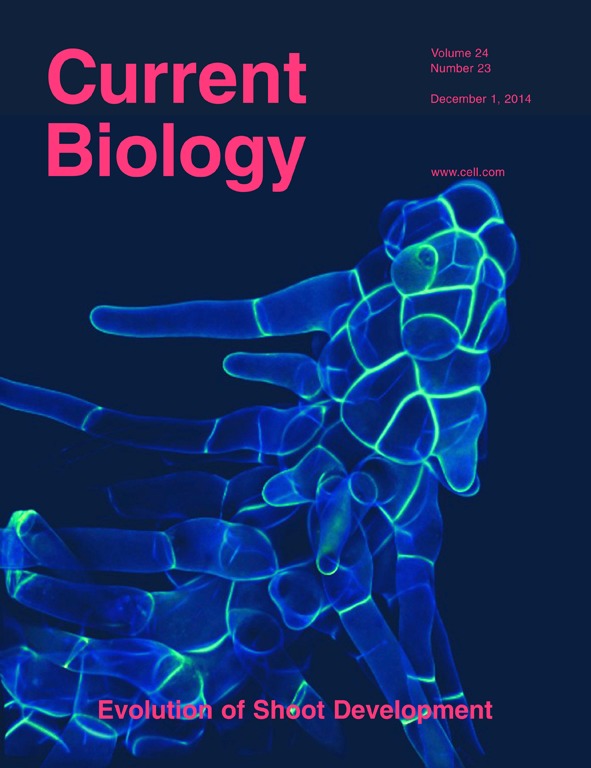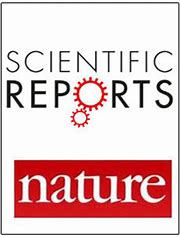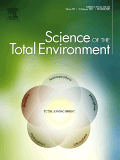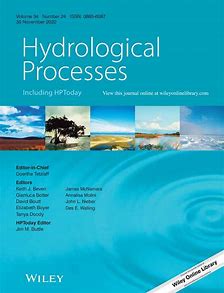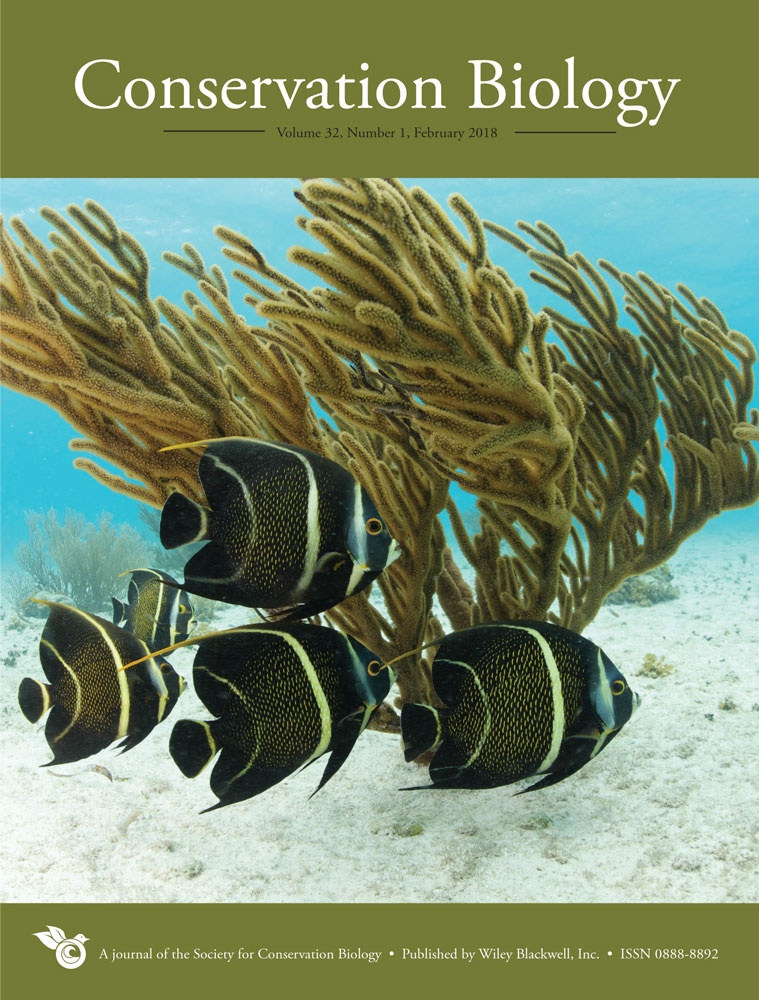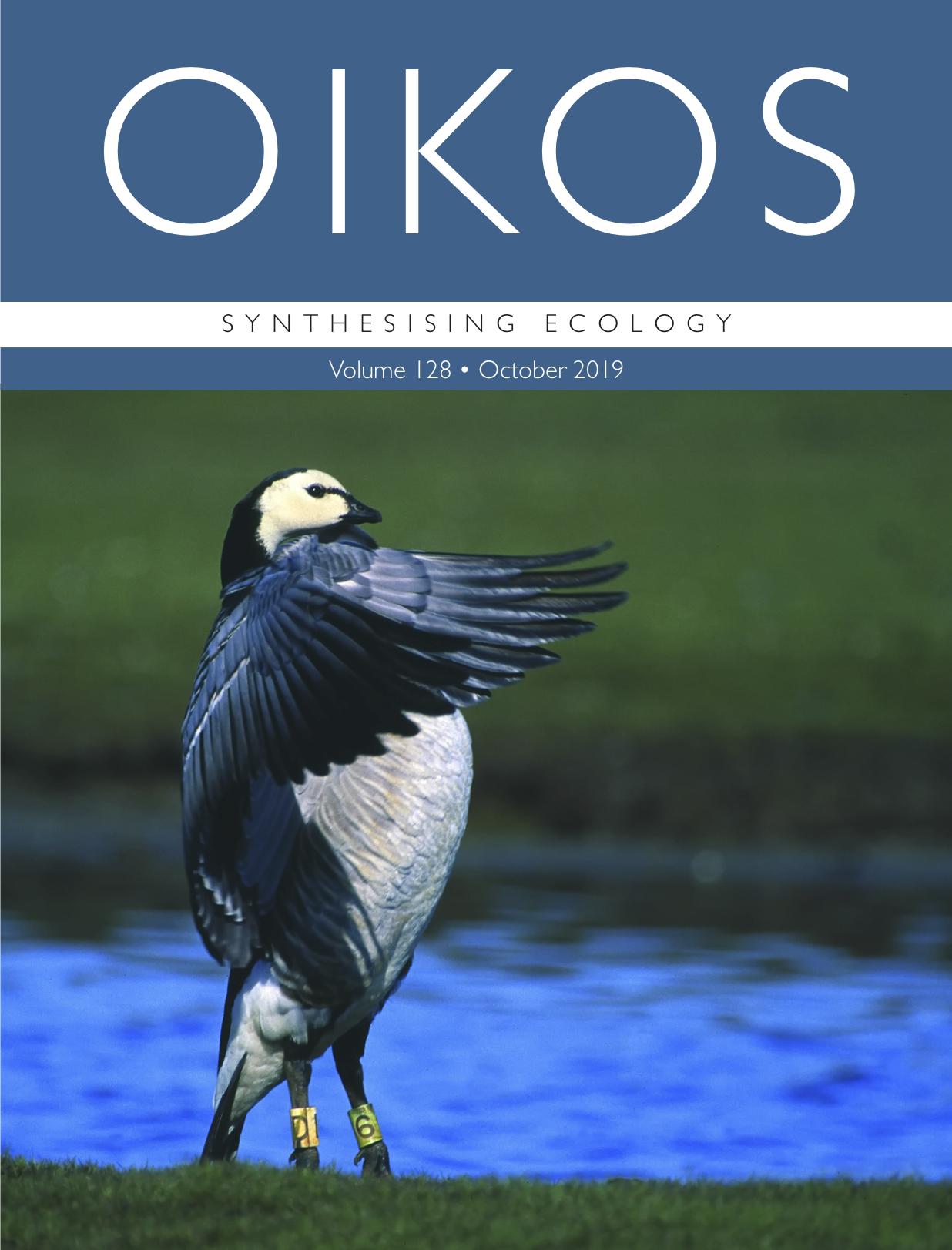New fish migrations into the Panama Canal increase likelihood of interoceanic invasions in the Americas
The authors have compared the fish communities of Lake Gatun in the Panama Canal before and after the canal’s expansion in 2016: Marine fish species now make up 76 percent of the total biomass of the fish population and are primarily large predatory fishes. The lake’s food web is changing and local fisheries are impacted. There is also an increased risk of fishes colonizing the opposite ocean.
Shedding light on dark taxa: exploring a cryptic diversity of parasitoid wasps affected by artificial light at night
Urban Environments Promote Adaptation to Multiple Stressors

Come to the dark side – citizen science in nighttime ecology
Network-based integration of omics, physiological and environmental data in real-world Elbe estuarine Zander
Electrical Conductivity as a Tracer for Seasonal Reverse Flow and Transport of Trace Organic Contaminants in River Spree
The authors studied if the electrical conductivity can serve as a hydrological tracer to capture the intensity and duration of seasonal reverse flow phases in a specific section of River Spree. Moreover, they studied the effect of upstream transport on chemical water quality, i.e. on trace organic contaminant during these reverse flow phases.

Vivianite as a phosphorus source in lake sediments: Importance of increased sulphate reduction on phosphorus mobilisation
Amphibian conservation in Europe: the importance of pond condition
Addressing grand ecological challenges in aquatic ecosystems: how can mesocosms be used to advance solutions?
Marine and freshwater researchers using mesocosms synthesise their recommendations on opportunities and limitations for advancing solutions to grand ecological challenges in aquatic ecosystems. They focus on the unexplored potential for using mesocosms to test solutions to human impacts on aquatic ecosystems. This will need novel collaborations between ecologists and technological developers.

Role of Suspended Particulate Matter for the Transport and Risks of Organic Micropollutant Mixtures in Rivers: A Comparison between Baseflow and High Discharge Conditions
The partition dynamics of organic micropollutants between water and suspended particulate matter in riverine ecosystems differs between dry and wet weather. Chemical concentrations and mixture effects in extracts from rivers are dominated by suspended particulate matter during rain, but the dissolved phase dominates during dry weather.


